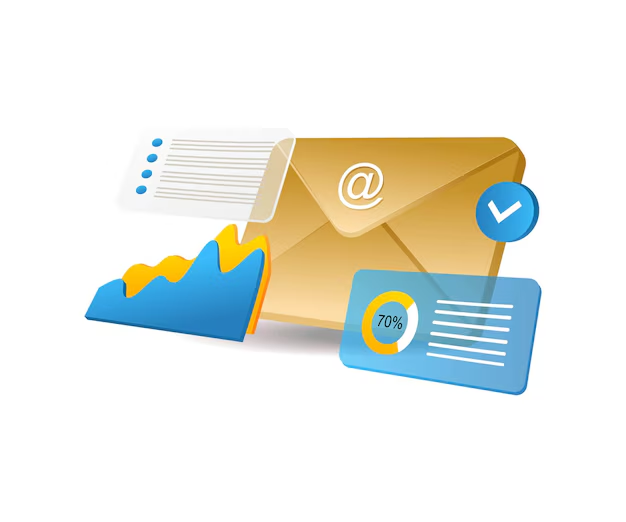
When marketers evaluate their campaign performance, they often look at open rates and click-through rates. However, before any of that can happen, one thing must go right your email delivery rate must be high. This single metric determines whether your message makes it to the recipient’s inbox or disappears into digital limbo. Without delivery, there is no engagement, no conversions, and no ROI.
Understanding Email Delivery Rate in Simple Terms
At its core, email delivery rate measures how many of your emails were successfully delivered versus how many were sent. A 100% delivery rate is ideal, though rarely achieved. Industry standards consider anything above 95% to be good. Still, you should aim higher whenever possible to improve your overall campaign efficiency and reliability.
A high delivery rate suggests that your sender reputation is intact, your email infrastructure is properly set up, and your recipients are engaging with your content. In contrast, a poor rate points to potential issues with your email practices that need immediate attention.
The Real Impact of a Poor Delivery Rate
If your delivery rate is low, your entire email strategy suffers. Think about it: you might be creating amazing content, but if 10-20% of your emails don’t get delivered, you’re already starting with a disadvantage. Lower delivery rates often stem from technical issues, poor list hygiene, or negative sender reputation all of which can be fixed with the right approach.
Poor deliverability affects not just one campaign but your long-term email reputation. ISPs might start throttling your emails or flagging them as spam, further worsening the situation. This creates a negative cycle that is hard to break without deliberate corrective action.
What Lowers Your Email Delivery Rate?
Understanding the reasons behind poor delivery helps you take corrective action fast:
- Using Old or Bought Lists: These usually contain invalid addresses or spam traps that degrade your reputation.
- Sending Without Authentication: Not using SPF, DKIM, and DMARC leads to instant rejection by mail servers.
- Inconsistent Sending Patterns: Sporadic email sending can alert ISPs to potential spam behavior.
- Ignoring Bounce Management: Not tracking hard and soft bounces leads to repeated delivery failures.
- Low Engagement Rates: Recipients not opening your emails signals ISPs that your content might not be relevant.
Steps to Improve Your Email Delivery Rate
Let’s walk through some effective ways to raise your delivery rate:
- Warm Up Your IP Address: If you’re using a new domain or IP, gradually increase your sending volume.
- Segment Your Audience: Send relevant content to engaged users first, then expand to broader segments.
- Engage Regularly: Sending emails consistently keeps your domain trustworthy in the eyes of ISPs.
- Use Reputable Email Tools: Tools like Boost Inbox offer real-time diagnostics and deliverability tips.
- Avoid Spam Traps: Don’t purchase email lists and always verify new subscribers with double opt-in.
- Check Blacklists: Use online tools to check if your domain or IP is blacklisted and take steps to delist.
- Optimize Content: Write relevant, engaging emails. Avoid excessive images, spammy language, and broken links.
- Test Before Sending: Use inbox preview and spam testing tools to ensure your email looks and behaves properly across clients.
How to Track and Maintain High Delivery Rates
Don’t just set and forget your email campaigns. Constant monitoring is key. Tools that offer insights into bounce rates, spam complaints, and inbox placement can help you tweak your strategy in real-time.
Moreover, running monthly audits on your email list can prevent decay and improve list health. Track engagement by analyzing open and click rates, and use this data to refine your segmentation strategy. Integrate real-time analytics dashboards to stay informed and responsive.
Additionally, maintain a sender score dashboard that monitors your reputation. This is often provided by advanced ESPs and can be vital for proactive email marketing.
Conclusion: It All Starts With Delivery
In the end, the email delivery rate is the foundation upon which every successful email campaign is built. Without delivery, there’s no open, no click, no conversion. Therefore, prioritize this metric from day one. By maintaining best practices and regularly analyzing your performance, you’ll position your campaigns for maximum impact.
High deliverability creates a ripple effect: more inboxes reached, more emails opened, more engagement gained, and ultimately, more sales made. Never underestimate the power of this core metric it holds the key to your email marketing success.